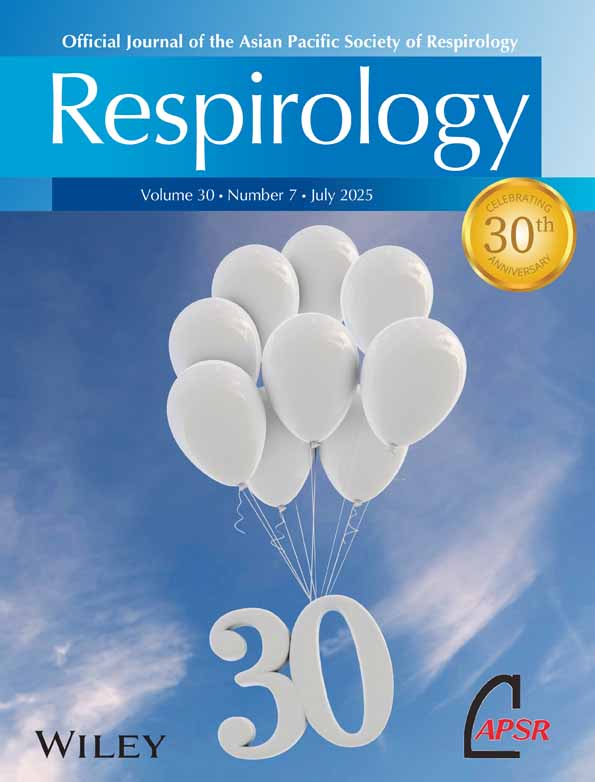Infection of replication-deficient adenoviral vector enhances interleukin-8 production in small airway epithelial cells more than in large airway epithelial cells
Abstract
Objective: In clinical trials or experiments of gene therapy, airway administration of an adenoviral-based vector (E1A-deleted) elicits a dose-dependent inflammatory response with limitation in the duration of transgene expression. The purpose of this study was to evaluate the possibility that the adenoviral-based vector directly enhances IL-8 production independent of adenoviral E1A in normal human airway epithelial cells and to examine the different responses between primary human bronchial epithelial cells (HBE) and primary human small airway epithelial cells (HSAE) in production of IL-8 following exposure to an adenovirus vector.
Methodology: Interleukin (IL)-8 levels were evaluated in the culture medium from HBE and HSAE treated with increasing doses of E1A-deleted adenoviral vector contained the Escherichia coli LacZ reporter gene (AdCMVLacZ). To clarify the mechanism of enhancing IL-8 production in airway epithelial cells by infection with adenovirus vector, αvβ5 agonistic antibody as an analogue of adenoviral capsid and adenoviral capsid vector denatured by exposure to ultraviolet (UV) light were used in the present study.
Results: Inoculation of HBE with AdCMVLacZ at a multiplicity of infection (MOI) of between 1 and 200 resulted in a dose-dependent expression of LacZ, and maximal expression was observed at a MOI of 100. In contrast, inoculation of HSAE with AdCMVLacZ resulted in maximum expression of LacZ at a MOI of 10. Interleukin-8 levels in culture media from the same experiments revealed significantly greater production of IL-8 in HSAE inoculated with AdCMVLacZ at a MOI of 50, compared to HBE under the same conditions. The capsid-denatured adenoviral vector did not enhance IL-8 production, and αvβ5 agonistic antibody induced IL-8 enhancement.
Conclusion: These results suggest that the adenoviral vector directly induces the expression of airway epithelial inflammatory cytokines in the pathogenesis of inflammation and that small airway cells have a greater affinity for adenovirus than other airway epithelial cells.




